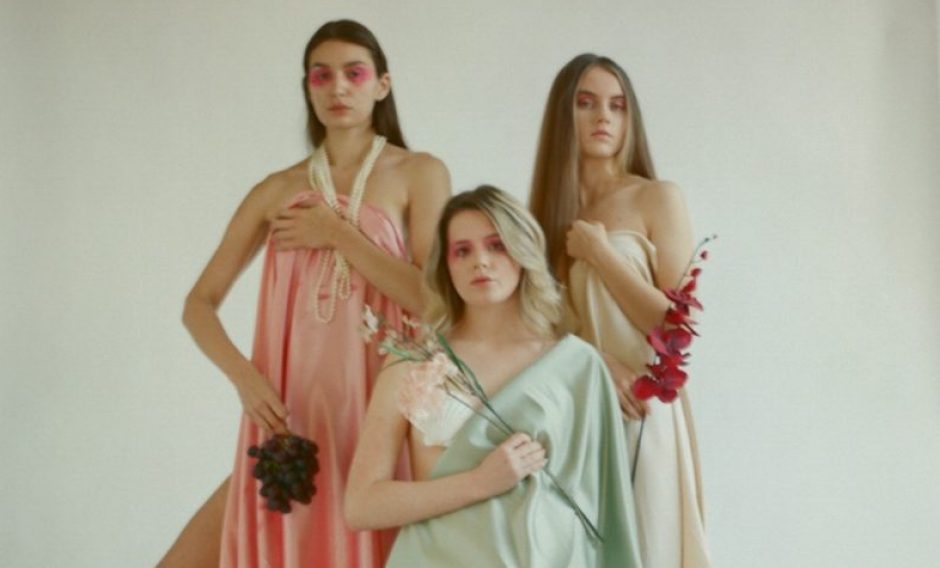
page 14 – ‘Colin McDowell’s ‘Literary Companion to Fashion’ explores the rituals and meanings of dress, as well as the intrinsic role that clothes play in the creation of character and the telling of a story that is both believable and meaningful.’
page 20 – ‘Throughout history, across cultures and trends, constraint and constriction have been constant features of woman’s dress.’
page 42 – ‘To some extent, all of us are wearing a uniform of one form or another every time we leave home because the clothes we choose to wear speak volumes about our allegiance to a social tribe societal norms determine that we make our image chime with current expectations – E.O Wilson ‘The Social Conquest of Earth’.’
page 45 – ‘On the symbolic power of clothes, art historian Quentin Bell has written, ‘Our clothes are too much a part of us for most of us ever to be entirely indifferent to their condition: it is as though the fabric were indeed a natural extension f the body, or even the soul’. That clothes touch us both emotionally and physically has preoccupied many academics, theorists and philosophers. As Roland Barthes, the theorist and author of ‘The Fashion System’ wrote: ‘Clothing concerns all of the human person, all of the body, all of the relationships of the man to body as well as the relationships of the body to society’.
page 59 – ‘In her book Fashion and Celebrity Culture, Pamela Church Gibson discusses the sexualization of the female image and the lengths that women will go to achieve this ideal.’
page 65 – ‘Over the past two decades, the fashion show has transformed from its static ‘fashion parade’ origins into a multimedia, multi-sensory performance.’
page 88 – ‘Susan B Kouser & Mary Lynn Damhorst ‘Critical Linkages in Textile and Clothing Subject Matter’. ‘Our work relates to the physical and social worlds: deals with the relationships among people, products and processes; and shifts continually between abstract concepts and concrete forms and issues.’
page 92 – ‘Advertising campaigns, editorial shoots and catwalk shows feature only the tiniest proportion of women in society… the fashion industry perpetuates the myth that they represents the only legitimate type of beauty’.
page 106 – ‘In his essay, A Dialogue between Fashion and Death,’ the poet and philosopher Giacomo Leopardi imagines a discussion in which Fashion attempts to convince death that they are so similar they might as well be sisters.’
page 112 – ‘Since 2005, the Chinese photographers Huang Quingjun and Ma Hongjie have been collaborating on ‘Family Stuff’, a photographic series that documents the possessions of people across China… Each photograph poignantly captures, regardless of what is on display, our very human attachment to our possessions.’
